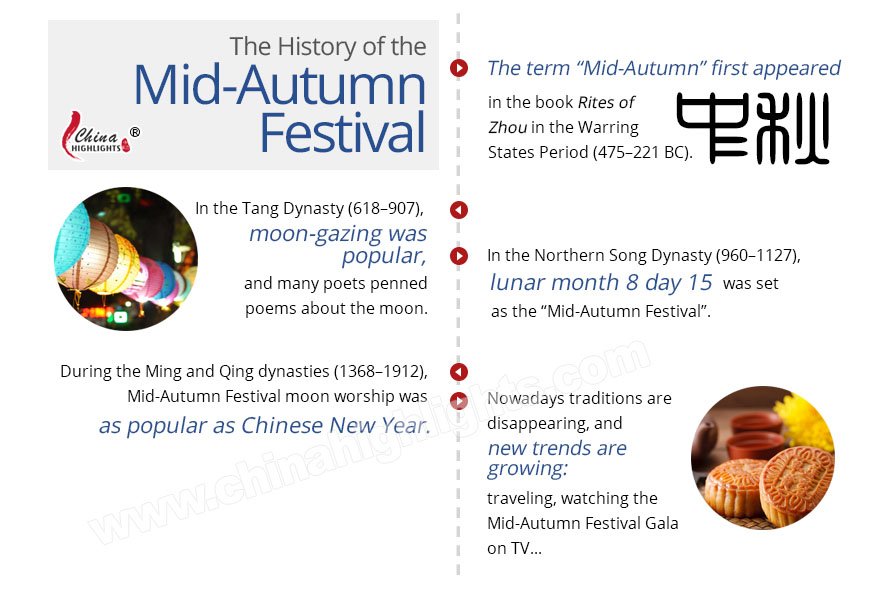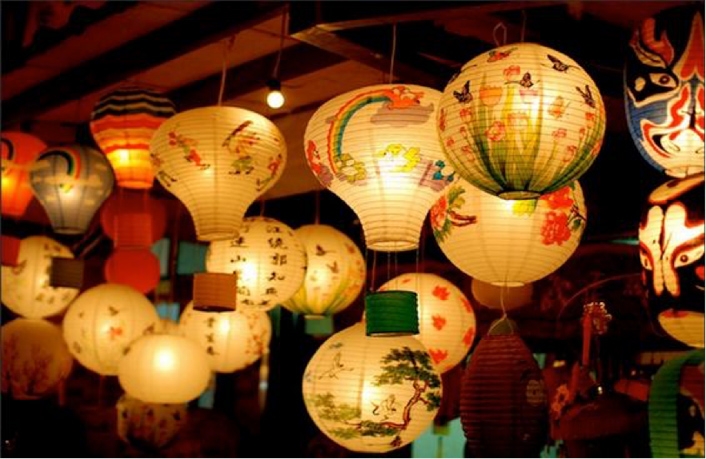


There are many stories about the origin of China’s Mid-Autumn Festival. Popularity Peaked in the Ming and Qing Dynasties (1368 – 1912)ĭuring the Ming Dynasty (1368 – 1644 AD) and the Qing Dynasty (1644 – 1912 AD), the Mid-Autumn Festival was as popular as Chinese New Year. The History and Origins of China’s Mid-Autumn Festival. Messages to rebel against the Mongols were passed around in mooncakes.ĥ.

The tradition of eating mooncakes during the festival began in the Yuan Dynasty (1279 – 1368), a dynasty ruled by the Mongols. It was said that a Han Chinese rebel leader, Liu Bo Wen, planned to. Celebrating family re-union, this festival program explores moon legends and traditional practices such as lantern making, riddle guessing, moon cake making and the Chinese tea ceremony.
HISTORY OF MIDAUTUMN FESTIVAL HOW TO
Mooncakes Eaten from the Yuan Dynasty (1279 – 1368) All about Mid-Autumn Festival: holiday’s history, how to celebrate, where to donate and recycle mooncakes in Hong Kong Celebrated every year on the 15th of the eighth lunar month, the festival was. It happened during the Yuan dynasty (AD 1280-1368) founded by Mongolians from the north. The Mid-Autumn Festival is a 3000-year-old tradition that occurs when the full moon appears largest in the sky. From then on, sacrificing to the moon was very popular, and has become a custom ever since. In the Northern Song Dynasty (960–1279 AD), the 15th day of the 8th lunar month was established as the "Mid-Autumn Festival". It is held on the 15th day of the eighth month of the Chinese lunisolar calendar. Became a Festival in the Song Dynasty (960 – 1279) The holiday dates back thousands of years, to when China‘s emperors worshipped the moon for bountiful harvests. Later in the Tang Dynasty, not just the rich merchants and officials, but also the common citizens, began appreciating the moon together. The common citizens just prayed to the moon for a good harvest. In folk religion, the festival time is also associated with the moon goddess, Chang’e. The festival is held on the 15th day of the 8th month of the Chinese lunisolar calendar. Mid-Autumn Festival has been celebrated since the Shang Dynasty in ancient China, when the entire community worshipped the full moon for bringing a plentiful crop harvest. Music and dances were also indispensable. The history of the Mid-Autumn Festival dates back over 3,000 years. They drank and appreciated the bright moon. Over time, the different asian cultures have evolved to celebrate the festival of the 8th lunar month in various ways. In the Tang Dynasty (618 – 907 AD), appreciating the moon became popular among the upper class.įollowing the emperors, rich merchants and officials held big parties in their courts. The Mid-Autumn Festival originates from China and is celebrated in many countries across Asia, including in Vietnam. Appreciating the moon with family during the Mid-Autumn Festival has been popular in China for hundreds of years.


 0 kommentar(er)
0 kommentar(er)
